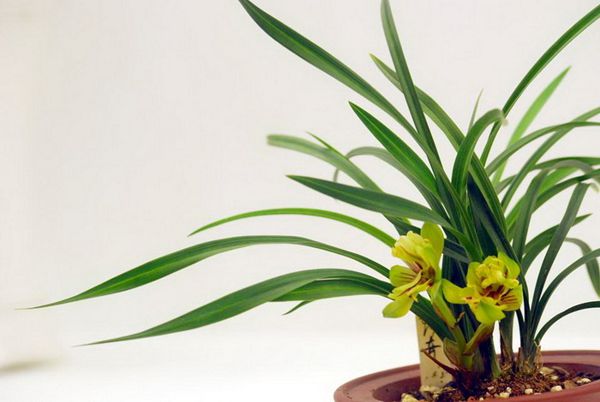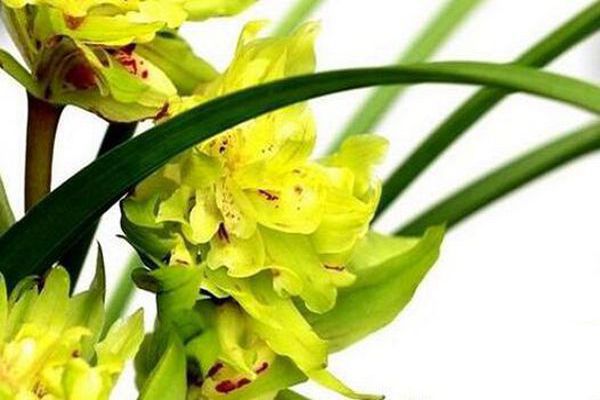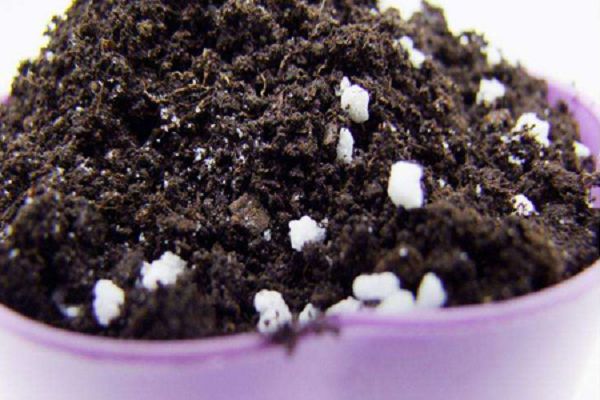Causes and control methods of stiff buds of orchids

Orchids, also known as Chinese orchids, terrestrial orchids and orchids, are perennial herbaceous flowers of the genus Orchidaceae. Originated in China, which is widely distributed in Yunnan, Guizhou, Sichuan and Tibet, it is not only a traditional precious flower in China, but also a famous flower in the world.
People have always regarded orchids as a symbol of nobility and elegance, and together with plum, orchid, bamboo and chrysanthemum, they are called "four gentlemen". Orchid with delicate fragrance and chrysanthemum, daffodils, calamus also known as "flowers and plants four elegant", and orchid ranks first. The orchid is simple and unadorned, the leaf color is evergreen, the leaf quality is soft and firm, the flower fragrance is Qingyuan, it has extremely high ornamental value, it is the treasure of display living room, living room or adornment study, foyer. Here is a detailed introduction for you.
There are only three joys in raising orchids all the year round: there are many new seedlings in spring, many buds in autumn, and many flowers in the coming year. But we often find that some buds grow black, dry and fall off, how to prevent the occurrence of stiff buds of orchids.
Through the observation of orchid cultivation practice for many years, the author found that the flower bud differentiation of orchid is in the mature stage of new seedlings, which lasts for nearly one year. General orchid after a year of nutrition accumulation, bud unearthed. The florescence of each variety is different. After the buds of Cymbidium, Cymbidium, C The process can take as little as five or six months, or even seven months. Four season orchid, Xia Han orchid and so on from bud unearthed to flowering, the time is not long, short 20 days, long 30 days to 40 days.
No matter the varieties with or without vernalization period, attention should be paid to the management of fertilizer, water and light in the vegetative and reproductive growth periods. There are many reasons for the death of black bud, scorch and shedding, most of which are caused by excessive humidity, excessive fat, lack of ventilation and so on. General flower bud differentiation is enough to show adequate nutrition, there is no need to continue to fertilize, only foliar topdressing on it. The so-called flowering period should pay attention to fertilizer and water management to promote flower bud expansion, that is, pay attention to foliar topdressing. At the same time, the temperature is on the high side during this period, and orchids continue to grow, so sterilization should be strengthened. When the bud is unearthed, if it is blindly fertilized and irrigated, coupled with the occasional high temperature, stuffy heat and lack of ventilation, the bud will blacken, scorch and fall off and die.
Orchids in the bud period, before the Beginning of Autumn to the Winter Solstice, it is necessary to strengthen the topdressing of phosphorus and potassium fertilizer to promote the expansion of the bud, regardless of sterilization or spraying thin fertilizer, the interval is 7 to 10 days, can not be too frequent, too thick, properly see more sunlight, otherwise it will hurt the bud and cause a broken heart. In addition, attention should be paid to water and fertilizer control before flowering. When the bud is small, you should pay attention to withholding water once or twice, which is directly related to the quality of flowering in the future. If you are not in a hurry to participate in the orchid exhibition, do not deliberately adjust the temperature and humidity and let it open naturally.
During the vegetative growth period of new seedlings, multi-element fertilizers based on nitrogen fertilizer should be applied to promote plant growth, achieve disease resistance and drought resistance, and ensure the growth of flower buds. Therefore, whether the bud can blossom normally or not is closely related to the early management.
Related
- Is the orchid suitable for indoor use? Is it good for the body?
- How to prevent the empty root of orchids?
- What to do after the crab claw orchid is withered?
- Why are the leaves of orchids always yellow? Fertilizing and watering.
- Can the root of the gentleman orchid be saved if it is rotten?
- Diagnosis and treatment of cotton-blowing beetle insects in Cymbidium
- There is a way for a gentleman's orchid to rot.
- What is the most suitable temperature and humidity for the orchid?
- How to raise a gentleman's orchid? Cultivation techniques of Cymbidium
- How to prepare the nutritive soil for the cultivation of Cymbidium



